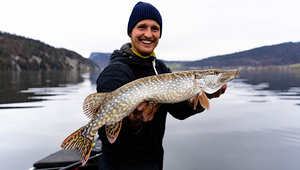Archive News
June 2, 2022
May 13, 2022
April 11, 2022
March 29, 2022
February 17, 2022
February 15, 2022











